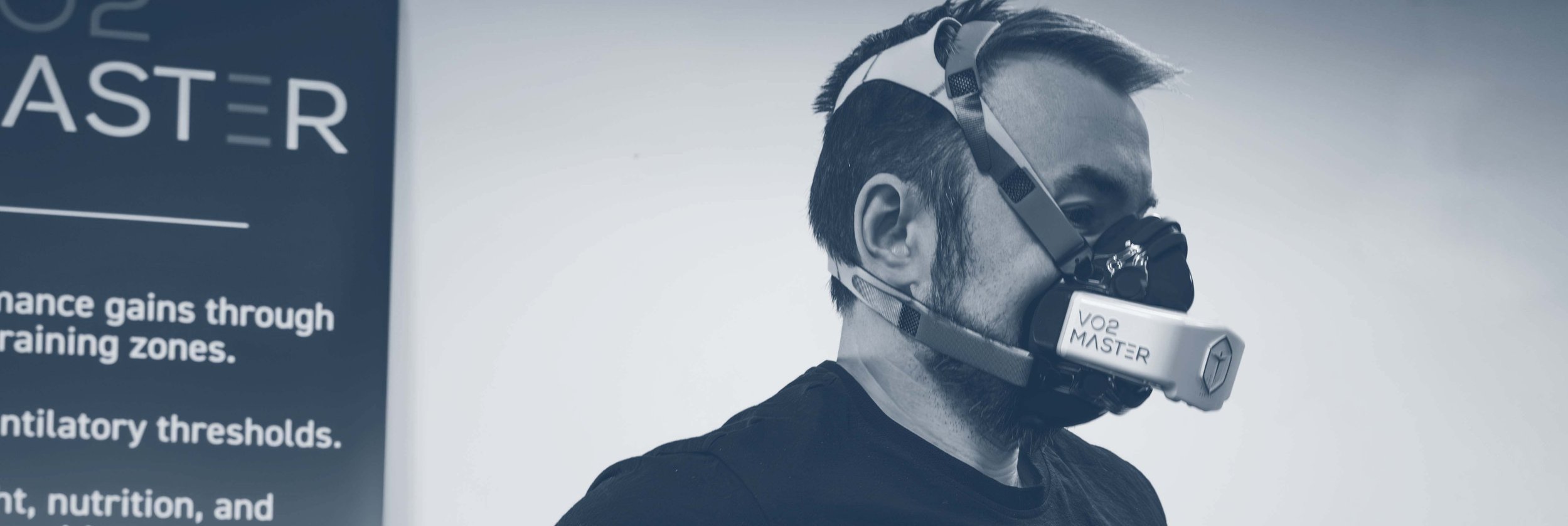
VO2 Max Testing
What is VO2 max testing?
VO2 max testing, or maximal oxygen uptake testing, is a physiological assessment that measures the maximum amount of oxygen an individual can utilize during intense exercise. This measurement is considered a key indicator of cardiovascular fitness and aerobic endurance. VO2 max is expressed in milliliters of oxygen consumed per minute per kilogram of body weight (ml/min/kg).
Having a VO2 max test can provide valuable insights into an individual's cardiovascular fitness, aerobic capacity, and overall health.
what do we use the data for?
Tailoring Training Programs:
Athletes, especially those in endurance sports like running, cycling, or triathlons, use VO2 max testing to tailor their training programs. Knowing individual aerobic capacities helps design workouts that are specific to an athlete's needs and can lead to more effective and efficient training.
Monitoring Fitness Progress:
Regular VO2 max testing over time allows individuals to track changes in their fitness levels. This information can be useful for adjusting training routines, setting realistic fitness goals, and assessing the impact of lifestyle changes on cardiovascular health.
Identifying Strengths and Weaknesses:
Athletes can use VO2 max testing to identify their strengths and weaknesses in terms of aerobic fitness. This knowledge enables them to focus on improving areas that may limit performance.
Prescribing Exercise Programs:
In clinical settings, healthcare professionals may use VO2 max testing to assess an individual's cardiovascular health and prescribe appropriate exercise programs. This is particularly relevant for individuals with certain medical conditions or those undergoing cardiac rehabilitation.
Weight Management:
Understanding one's VO2 max can be helpful in weight management programs. It provides insights into the efficiency of energy utilisation during exercise and can guide the development of exercise routines aimed at optimising calorie expenditure.
Research and Performance Optimisation:
Researchers may conduct VO2 max testing as part of studies exploring the effects of exercise, nutrition, or various interventions on cardiovascular health. This information contributes to the broader understanding of human physiology and performance optimisation.

VO2 max is a key measure of cardiovascular fitness. It reflects the maximum amount of oxygen the body can use during intense exercise, providing an indication of the efficiency of the cardiovascular and respiratory systems.
VO2 Metrics - What to we record?
Volume of Oxygen Consumption (VO2):
You VO₂ max is the maximum (max) rate (V) of oxygen (O₂) your body is able to use during exercise.Oxygen is a critical ingredient in the respiratory process that’s involved in breathing. As you breathe in oxygen, your lungs absorb and turn it into energy called adenosine triphosphate (ATP). ATP powers your cells and helps release the carbon dioxide (CO₂) that’s created during your respiratory process when you exhale.
Muscle Oxygen Saturation:
Quite simply, muscle oxygen saturation (SmO2) is the balance between oxygen delivery and oxygen consumption in the muscles. During exercise, your muscles are working harder, increasing demand for oxygen. As a result, your heart rate is elevated and breathing increases to supply more oxygen to the working muscles.
Fraction of Expired Oxygen (FEO2):
Percentage of O2 in exhaled air (as %), where inhaled air is ~21% O2. The difference between inhaled and exhaled air must then have been taken up by the body for metabolic oxidation.
Power Output:
Simply put, running power - expressed in Watts - is a way to measure the output of the work you’re doing when you run. Power can be used with a certain degree of accuracy to the reflect the metabolic cost of your efforts and also offers a new way to measure the load on your muscles.
Other Ventilation Metrics
Ventilation (VE) responds very rapidly to an increase in workload. At lower intensities VE increases linearly with increasing Tidal Volume (Vt), while Respiratory Frequency (Rf) remains near resting levels. FEO2 is typically higher at rest and very low intensities, as quiet breathing is more than sufficient to deliver sufficient O2 to meet resting VO2 demands.
As workload and VO2 continue to increase, Rf and VE will both begin to rise linearly, while Vt rises to a maximum plateau. FEO2 typically decreases to a minimum plateau during this phase, as O2 demand (VO2) is increasing and gas exchange is able to efficiently deliver Oxygen.
At higher intensities Vt will begin to decrease, and further increases in VE are driven by a rapidly increasing Rf. This elevated respiration rate, or tachypnea results in less efficient gas exchange at the lungs, resulting in FEO2 increasing. ie. more ‘waste’ O2 being exhaled, even as VO2 is rising.
-
Breathing rate, in breaths per minute (BPM).
-
Volume of air exchanged per breath, ie. passed through the lungs during a single inhale and exhale cycle, in Litres (L).
-
Volume of air exchanged in Litres per minute (L/min) and the product of Rf * Vt.
-
Percentage of O2 in exhaled air (as %), where inhaled air is ~21% O2. The difference between inhaled and exhaled air must then have been taken up by the body for metabolic oxidation.
-
Volume of O2 consumption in millilitres per minute (mL/min), ie. how much O2 is being taken up and utilized by the whole body to meet metabolic demands.





